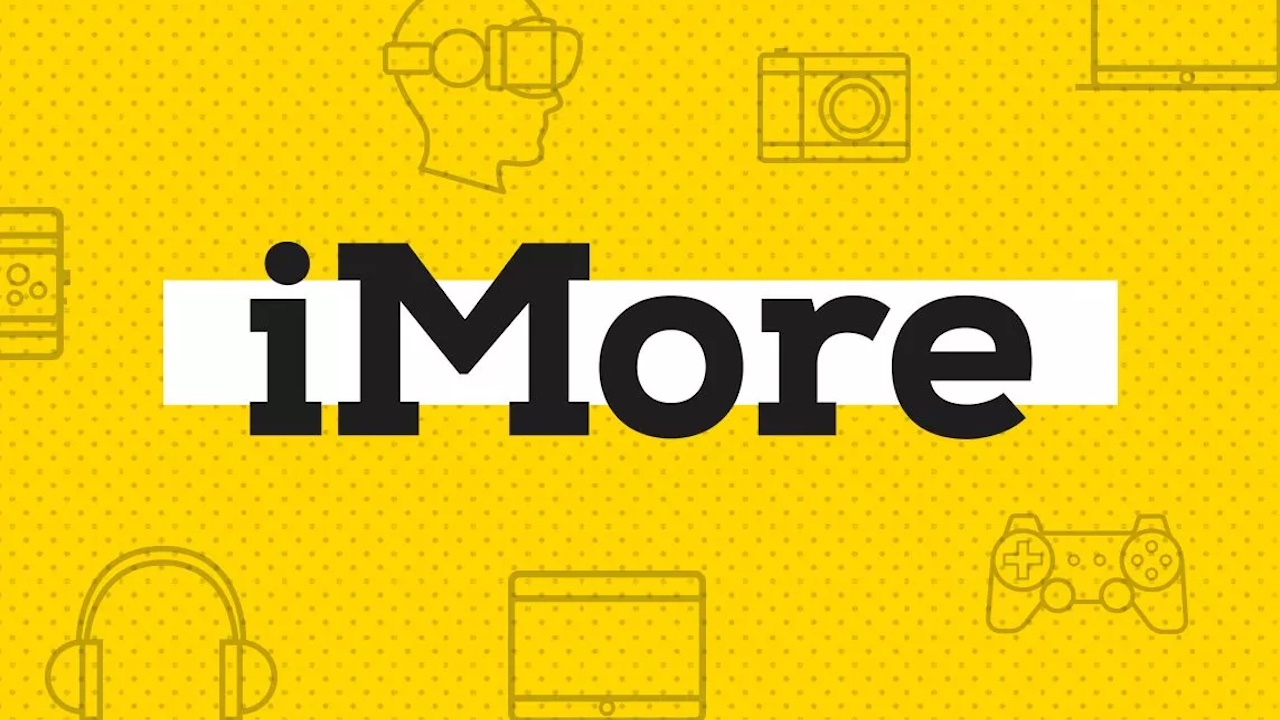iPhone SE camera — what you need to know!
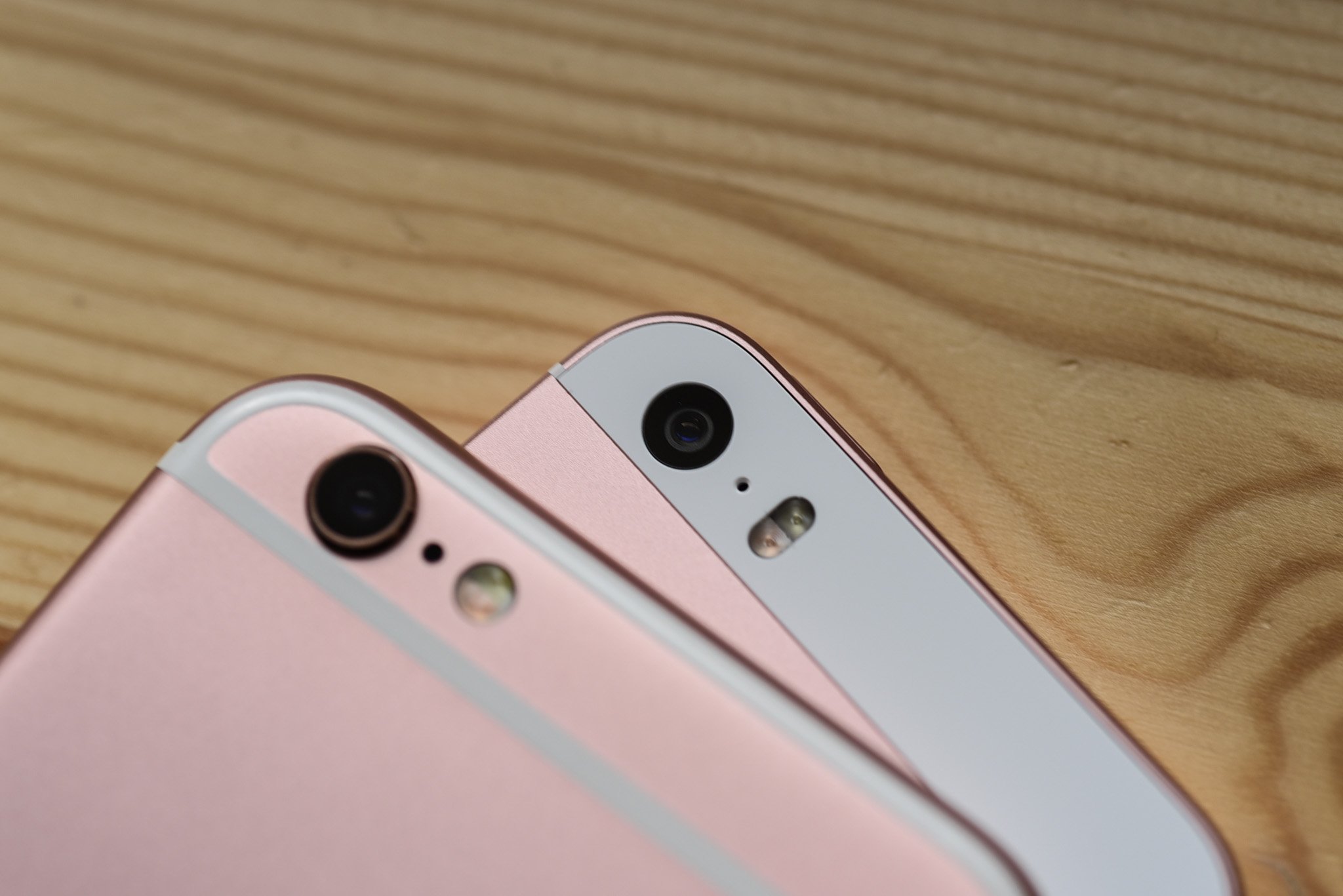
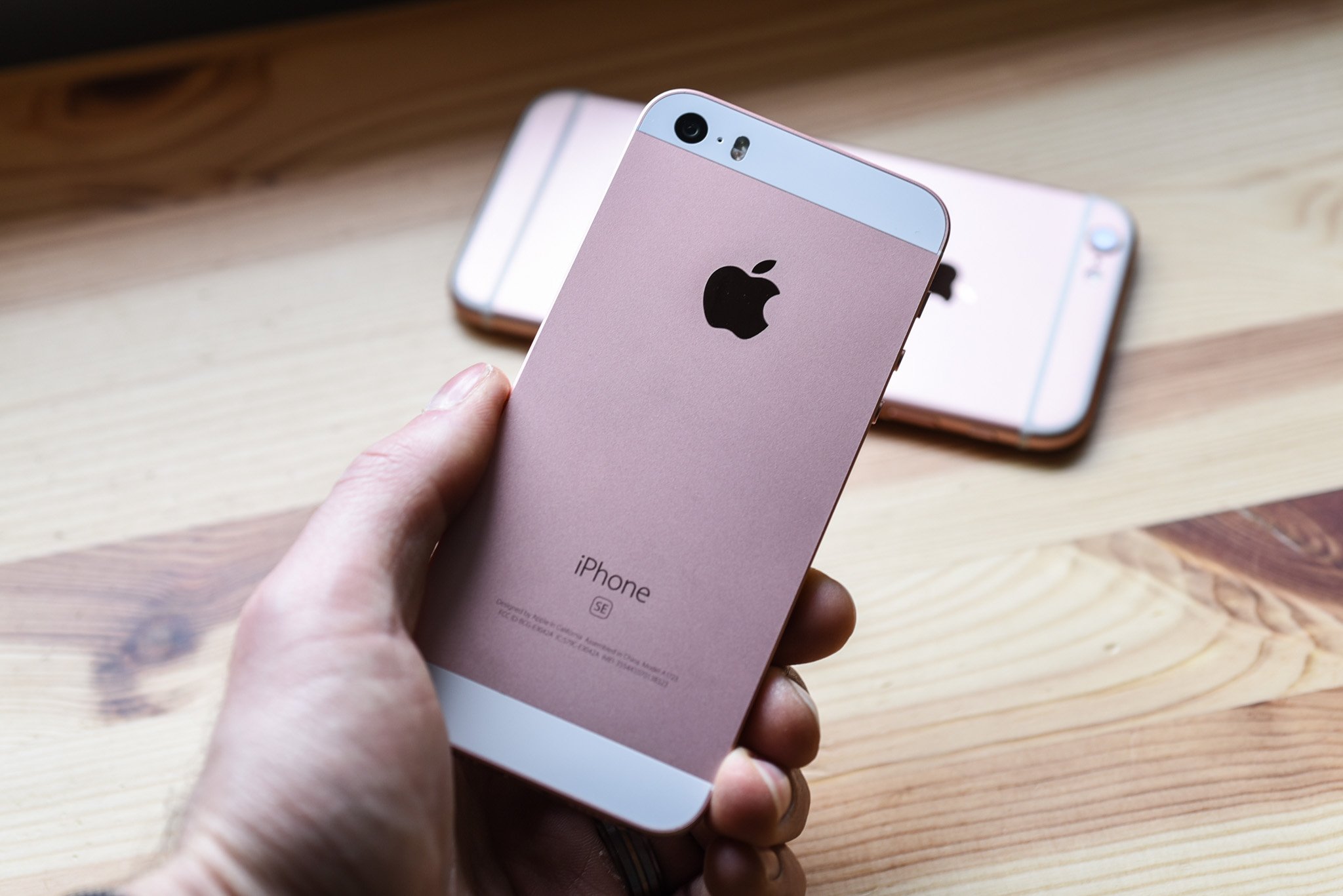
With the iPhone SE, Apple has brought the 12MP iSight camera that debuted on the iPhone 6s to its smallest form factor. Apple claims that, in combination with the A9 chip, the iPhone SE's rear camera has the same benefits as its more expensive sibling, including Deep Trench Isolation, Focus Pixels, and real-life color accuracy. It also shares the 6s' ability to capture 4K video at 30fps, or slow motion at 240fps.
But there are some slight differences in the iPhone SE's camera capabilities, especially when it comes to the front-facing shooter. What are they, exactly? Let's examine.
What it has
For all intents and purposes, the iPhone SE's rear camera has the same capabilities as its 6s counterpart.
That includes the new 12MP sensor with 1.22µ pixels that Apple debuted in September 2015, along with what appears to be the same f/2.2 lens that has become the de facto compromise between sharpness, depth of field, and low-light capabilies throughout Apple's iPhone lineup.
For iPhone 5/s owners, everything about the iPhone SE camera will be a significant improvement. {.pull .right. big}
While some reviews of the iPhone 6s pointed out that its camera wasn't a significant improvement over the iPhone 6, the increased resolution, improved autofocus speed, and better noise reduction thanks to the A9's improved Image Signal Processor (ISP) separated the flagship from its predecessor. In one area, however, the iPhone 6s didn't improve: due to a greater number of pixels packed into the same amount of space, low-light photography actually dipped slightly from the iPhone 6.
The good news is that most iPhone SE owners will be coming from either an iPhone 5 or 5s, and that everything about the iPhone SE's camera will be a significant improvement. From autofocus speed, thanks to the new Focus Pixels, to upgrades in color accuracy and HDR quality — not to mention the ability to take 63 megapixel panoramas — equates to a brand new experience. That it comes from a phone the same size as the iPhone 5s is revelatory.
Finally, the iPhone SE offers Live Photos, a feature that was until now unique to the iPhone 6s and 6s Plus. Live Photos captures snippets of video before and after the shutter snaps a still photo; it adds context and, often, fun to a shot, especially when there are friends, family members, pets, or babies involved. It's a great feature, and worth experimenting with.
iMore offers spot-on advice and guidance from our team of experts, with decades of Apple device experience to lean on. Learn more with iMore!
What about video?
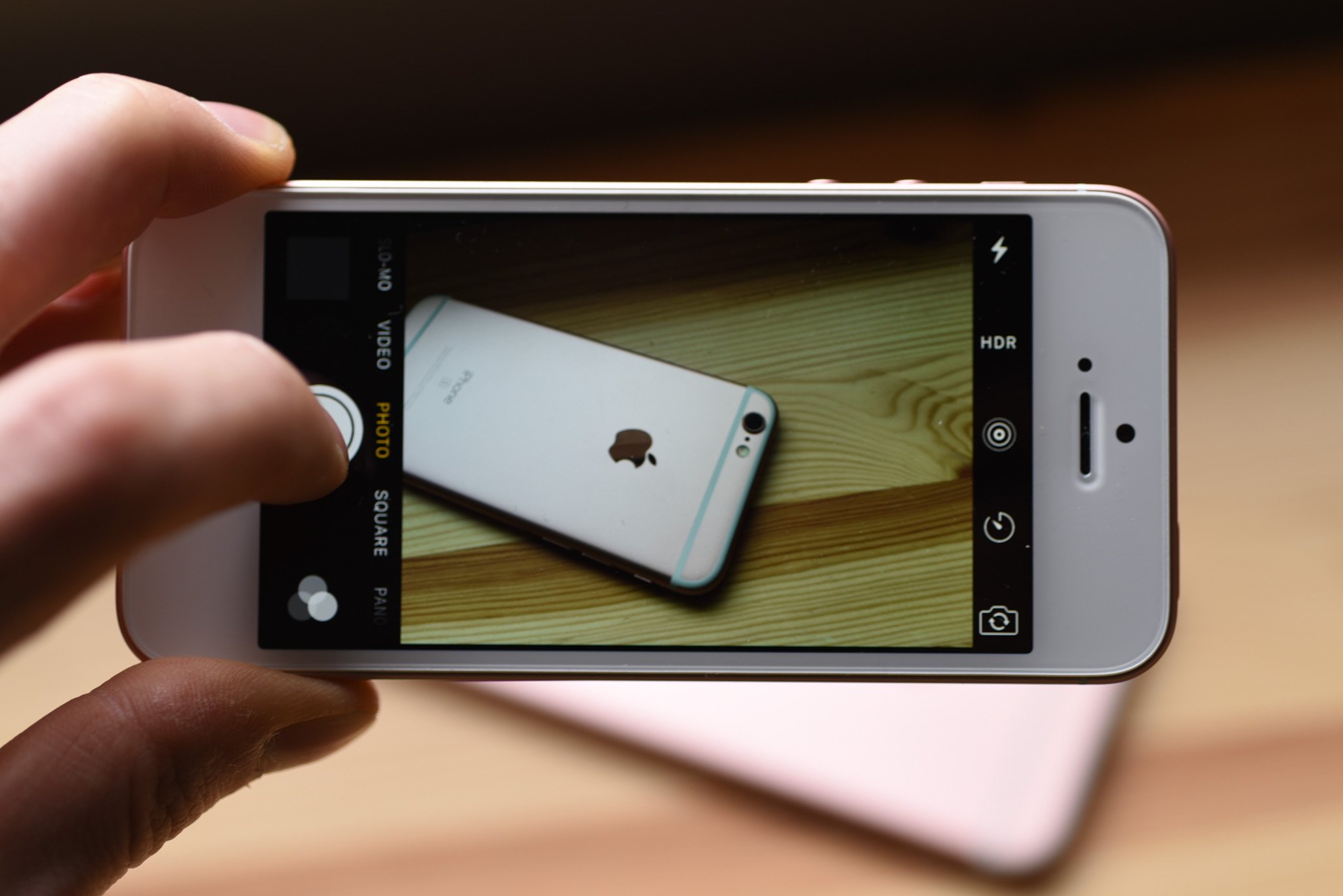
The iPhone SE offers the same 4K video capture as the iPhone 6s, though it lacks the optical image stabilization of the larger 6s Plus.
iPhone SE one of the smallest phones out there with 4K capabilities. {.pull .left. big}
Not only does this make the iPhone SE one of the smallest phones out there with 4K capabilities, but it quickly becomes one of the smallest cameras, period, to offer ultra-HD shooting.
4K means that the video captures at 3840x2160 resolution, at 30 frames per second, which is about standard for the current camera industry. But most people won't need to capture such high-res video, and the iPhone SE additionally offers the choice of 30fps or a smoother 60fps at 1080p resolution, which is much more storage-friendly.
Indeed, if you're going to be capturing a lot of 4K video (or any video for that matter), it may be best to spend the extra $100 for the iPhone SE's 64GB option; given that the SE starts at $399, upgrading to the $499 64GB model is still cheaper than the picking up the base model iPhone 6s.
Back to video: The iPhone SE sports the same slow motion capabilities as the iPhone 6s, which includes 120fps (frames per second) at 1080p and a staggering (and amazing!) 240fps at 720p.
What it's missing
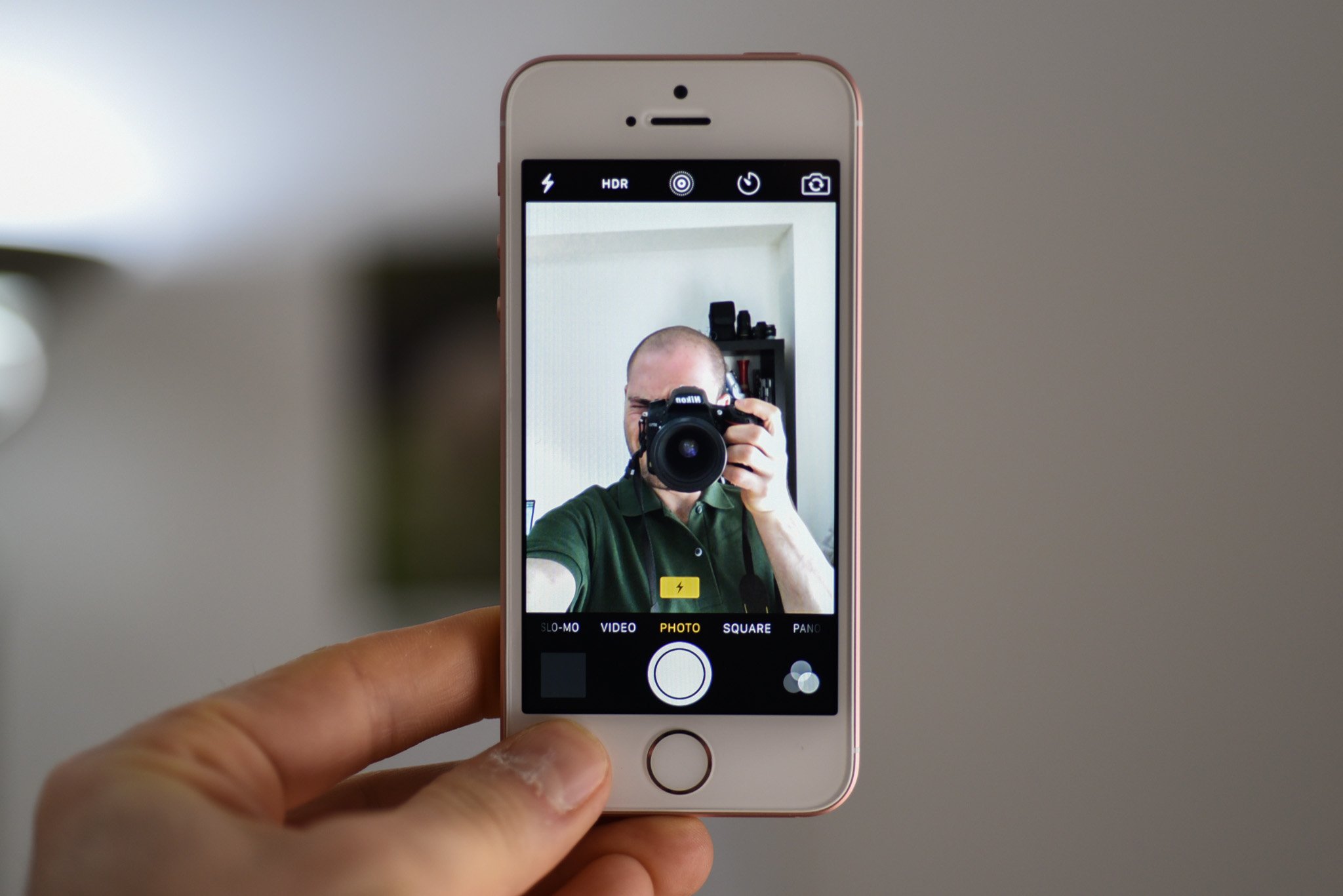
Unfortunately, Apple decided to keep the front-facing camera on the iPhone SE practically identical to its forebear, the iPhone 5s. As a result, you won't see the improved f/2.2 aperture of the front-facing camera on the iPhone 6, nor the vastly better 5MP sensor of the iPhone 6s.
What you do get is the same 1.2MP f/2.4 combo of the iPhone 5s — with a number of subtle improvements.
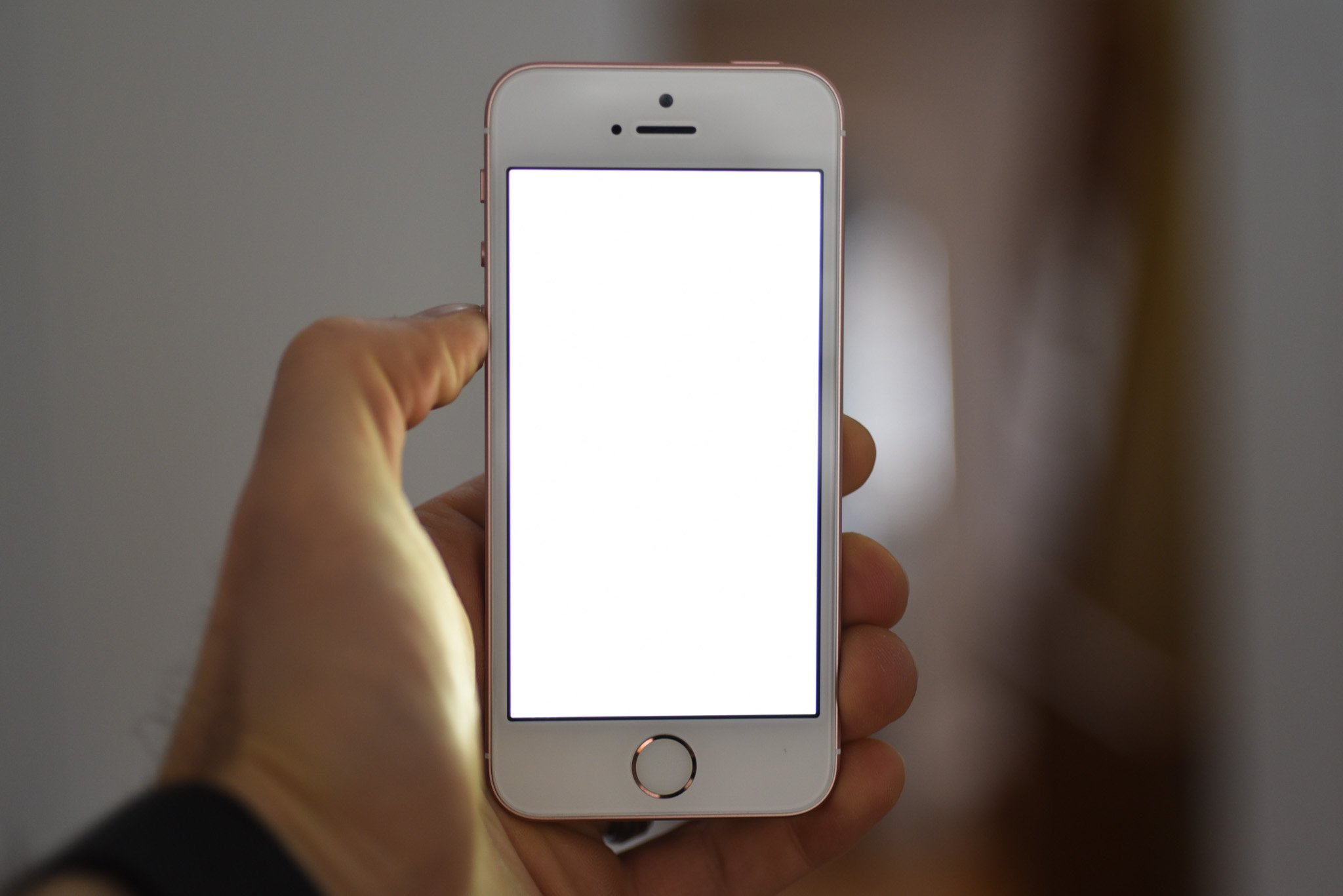
The first is improved color balance, autofocus, and noise reduction, courtesy of Apple's A9 chip. The second is the inclusion of Retina Flash, which lights up the screen with a variable shade of white according to the room's ambient conditions. The result is a smoother, less grainy selfie, which is especially helpful to counteract the relatively low resolution of the iPhone SE's camera itself.
The best in its class
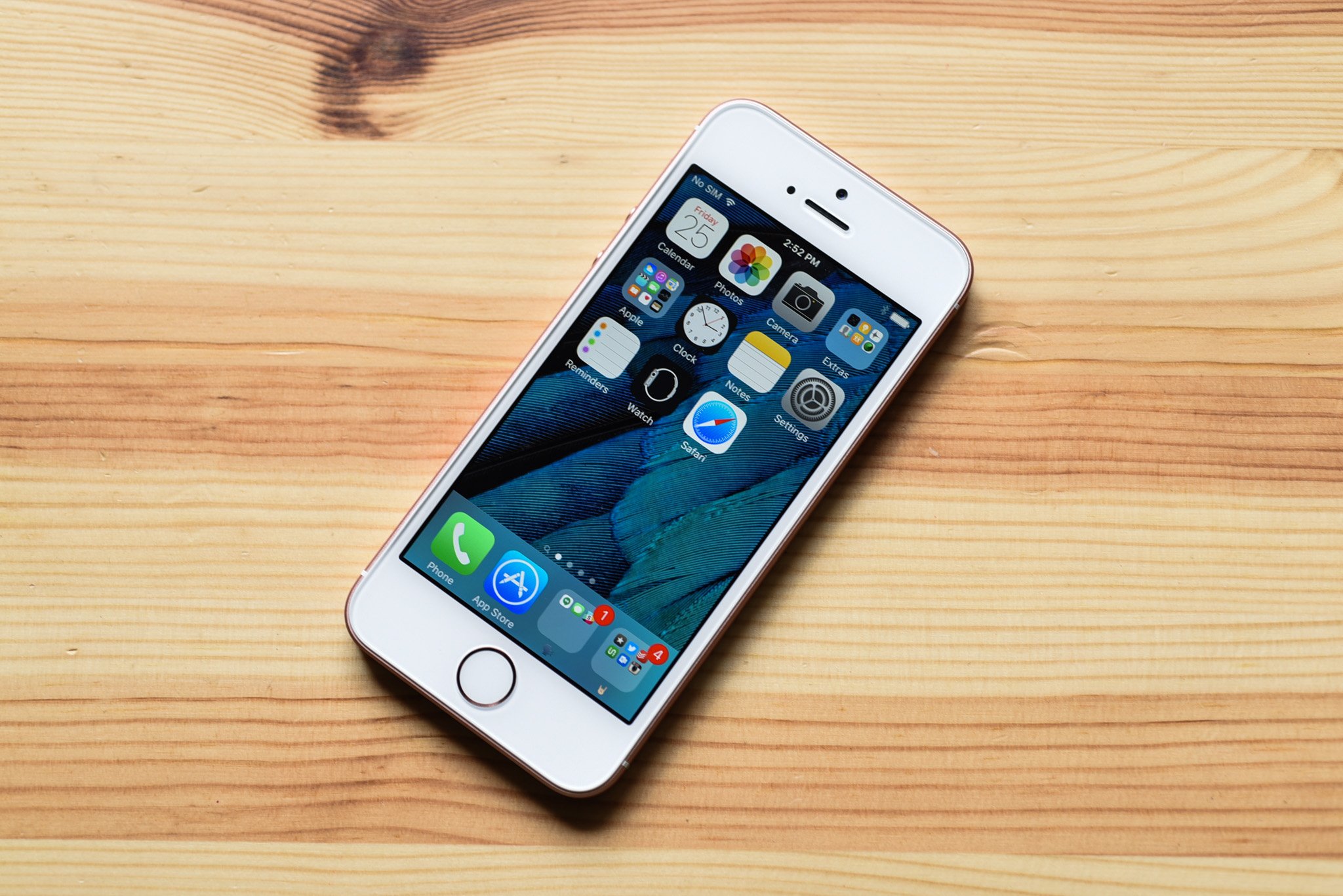
The iPhone SE may not win any shootouts with top-tier smartphones or DLSRs, but it handily captures the top spot in its class. The camera's 12MP resolution is quickly becoming the standard for mobile shooters, and its ability to focus quickly, resolve colors accurately, and compensate for noise intelligently makes it one of the most versatile smartphone cameras, period — not just for its size. Being portable is just a bonus.
Looking for more on the iPhone SE? Check out our buyers guide for everything you need to know!
○ iPhone SE review
○ iPhone SE FAQ
○ iPhone SE buyers guide
○ iPhone SE hub
○ iPhone SE specs
○ iPhone SE discussion
○ See at Apple.com
○ iOS 10 news
Daniel Bader is a Senior Editor at iMore, offering his Canadian analysis on Apple and its awesome products. In addition to writing and producing, Daniel regularly appears on Canadian networks CBC and CTV as a technology analyst.

